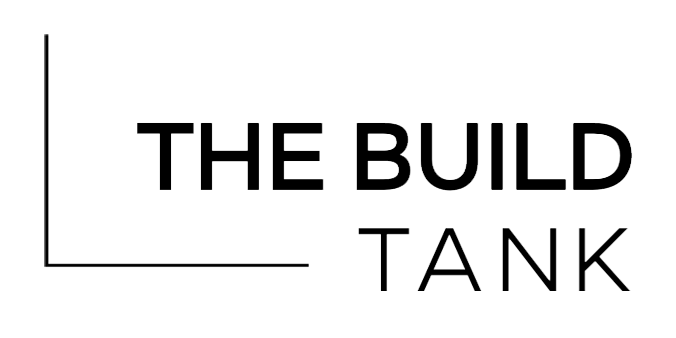You Need a Product Team
We’ve reached an era where high-quality technology offers unprecedented ability to superpower work and increase overall effectiveness. But the only way for technology to thrive is with a specialized, holistic and ongoing focus. Without that, organizations predictably lurch from debacle to debacle, with technology as a hindrance to their effectiveness rather than a supercharger.
A product team uses methods of “product management” that have solidly emerged as best practices in the tech world. At its heart it recognizes two simple ideas: We now have a new layer of technology “products” to manage (such as website platforms and databases), and those products require a dedicated, internal team with the clear mission of strategically driving and guiding your investments in those products.
Let’s take a common example. Say you engaged a firm to set up a new CRM for you. They gathered requirements, customized the database, and even did a couple trainings for your staff. They probably did a solid job of it. So as time goes on why does the system reliably get more frustrating instead of less?
It’s because platforms such as CRMs can go any direction you need them to. This is an incredible strength and a potential game-changer for your efficiency and overall workflow. But developing a roadmap for them requires careful, thoughtful, dedicated management and stewardship, inside your organization’s walls.
So when that new CRM is launched, a product team recognizes that moment not as the finish line, but as the starting line. Their job is to make sure everyone knows how to use that system, and to constantly be on the lookout for potential improvements, and to manage and resolve competing priorities, and to be generally in a never-ending quest for increased efficiency and improvement. They are your organization’s dream team of technology problem-solvers, turbochargers, and fairy godmothers, constantly swooping in to make everything better.
But getting there means admitting that it simply doesn’t work to ask other types of staff to manage technology off the sides of their desks. Nor does it work to just outsource everything tech-related, or to ignore our technology altogether because everyone is too busy trying to do their “other” jobs. We need skilled people in place whose job it is to ensure your technology is fully aligned with what you’re trying to accomplish and creates the high quality experience you want to deliver.
The good news is, the product team structure is actually not that complicated or that hard to implement, and it scales way up and way down. Perhaps counterintuitively, we’re not talking about hiring a bunch of highly skilled coders and developers. It’s much more about dedicated internal staff whose job is to deeply understand the business needs and the way the technology will meet those needs.
So at its most basic, a product team consists of a “product manager” for each of your essential tech platforms, with clear processes and principles to guide their work. You also likely need a chief to help guide and direct, and to sit at the executive table to strategize, give real time assessments of what’s possible when, and help navigate priorities and capacity in harmony with the rest of the organization.
If you are larger, there will be more demands on your product team, and you are wise to invest further in product staff so they that can focus their energies on the force-multiplying effects of products that are well considered, well architected, well tested, and well explained throughout your staff.
You likely even have some of the necessary talent inside of your organization already, whether you realize it or not. Notably, the product manager role is more of a tech strategy role than anything very technical, so you’re still working with external specialists when it comes to specialized work such as designing and developing.
Fundamentally, the product team represents the acknowledgement that, among a landscape of many things that can be outsourced, you simply cannot afford to outsource the brains of your technology operation. Your technology backbone is too essential and too unique to your organization, and a cookie cutter approach won’t get the job done.
Of course, change can be hard. In many cases this is an entirely updated way of thinking and working, and it may cause some friction for people who are attached to the old way. But once an organization implements a product approach, it can be hard for them to understand how they ever survived without it.

